
What causes floppy ears in dogs?
You might’ve noticed how some puppies start with perky ears that slowly flop as they grow—this shift isn’t just a cute quirk, but often tied to their genetics.
We’ve all buried our noses in that stinky fur after a rainy walk or noticed an unpleasant smell lingering near your dog’s bed. While all dogs have a natural scent, persistent or unusually strong body odor often signals an underlying issue needing attention. Before reaching for perfumed sprays or excessive baths, pause and investigate. Common culprits range from simple hygiene gaps like dirty ears or overgrown coat to more serious problems like skin infections, dental disease, or anal gland issues. Ignoring that distinctive "dog smell" might mean overlooking discomfort your furry friend can’t express. The first, crucial step is always a veterinary visit to rule out infections, parasites, or metabolic disorders that could be causing the smell.
Regular, appropriate bathing forms the cornerstone of odor control, but balance is key. Over-bathing strips essential oils, leading to dry, irritated skin that can ironically worsen odor and increase infection risk. Aim for a schedule suited to your dog’s breed, coat type, and lifestyle – perhaps every 4-8 weeks for most dogs, using only high-quality, pH-balanced dog shampoos recommended by vets or groomers. Human shampoos are a definite no; they’re far too harsh. Focus on thoroughly rinsing all soap residue, especially in thick undercoats, as leftover shampoo traps dirt and bacteria. For water-resistant breeds or quick refreshes between baths, consider vet-approved waterless shampoos or grooming wipes designed for canine skin.
Never underestimate the power of a clean mouth and ears. Dental disease is a massive contributor to overall bad odor – bacteria in plaque buildup creates foul-smelling breath that permeates your dog’s coat. Daily teeth brushing with enzymatic dog toothpaste is the gold standard; dental chews and water additives offer supplementary help. Similarly, floppy ears create warm, moist environments perfect for yeast and bacteria, resulting in a distinctive, often cheesy smell. Check and gently clean your dog’s ears weekly with a veterinarian-recommended ear cleaner, avoiding cotton swabs deep in the canal. If you notice redness, discharge, or excessive scratching, see your vet promptly – ear infections need medical treatment.
Your dog’s diet plays a surprisingly direct role in body odor. Low-quality foods packed with fillers like corn, soy, or artificial additives can lead to poor digestion, gas, and skin issues that manifest as unpleasant smells. Consider switching to a high-quality diet rich in digestible proteins and omega fatty acids, which promote healthy skin and reduce inflammation. Sudden changes can upset stomachs, so transition gradually over 7-10 days. Food allergies or sensitivities are another common trigger; persistent skin odor alongside itching or recurrent ear infections warrants discussion with your vet about potential elimination diets. Ensure fresh water is always available, aiding overall metabolism and toxin elimination.
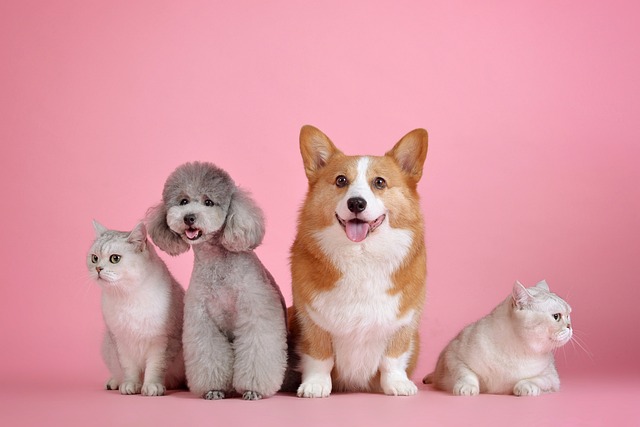
Beyond baths and diet, consistent grooming tackles odor at its source. Regular brushing removes dead hair, dirt, dander, and trapped odor particles, while distributing natural skin oils for a healthier coat. Pay special attention to areas prone to matting and moisture buildup, like behind the ears, under the collar, armpits, and around the tail base. Don’t neglect the paws – dirt and bacteria between the pads can cause significant odor. Trim hair in these areas carefully and wipe paws after muddy walks. For many dogs, especially those with dense coats or skin folds, professional grooming every few months is essential for deep cleaning and maintaining skin health.
Finally, consider environmental factors. Your dog’s bedding is a major odor reservoir. Wash all bedding, blankets, and soft toys weekly in hot water with fragrance-free, hypoallergenic detergent. Fabric softeners can irritate sensitive skin. Regularly clean their crate, collar, and harness. Vacuum carpets and upholstery where your dog lounges frequently. If the odor seems pervasive, an enzymatic cleaner specifically designed for pet odors effectively breaks down organic matter causing the smell, rather than just masking it. Remember, a healthy dog living in a clean environment shouldn’t have an overpowering, offensive odor.
Solving canine body odor requires patience and a holistic approach. It’s rarely fixed by just one bath or spray. Prioritize veterinary guidance to address health issues, establish a tailored hygiene routine with quality products, feed a nutritious diet, maintain diligent grooming, and keep their environment fresh. Responsible pet ownership across the EU and North America emphasizes proactive health management and avoiding practices that mask problems rather than solving them. By tackling odor systematically, you ensure your dog is not just smelling better, but feeling genuinely healthier and more comfortable.

You might’ve noticed how some puppies start with perky ears that slowly flop as they grow—this shift isn’t just a cute quirk, but often tied to their genetics.
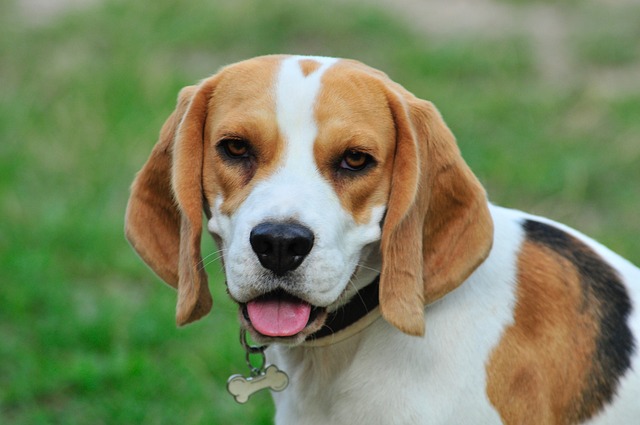
I sat with my friend Tyler on his Dallas apartment floor last week, watching his 4-year-old Great Dane, Zeus, slump beside his food bowl
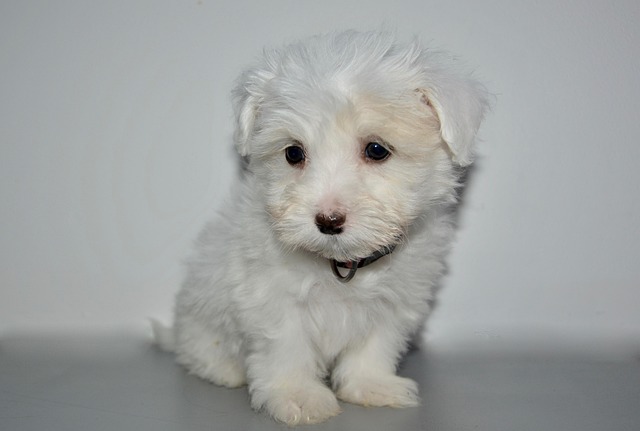
Many pet owners notice their dogs curling up on couches, beds, or even the floor instead of the cozy spot set aside just for them. This common sight often sparks the question of whether dogs truly prefer having their own bed.
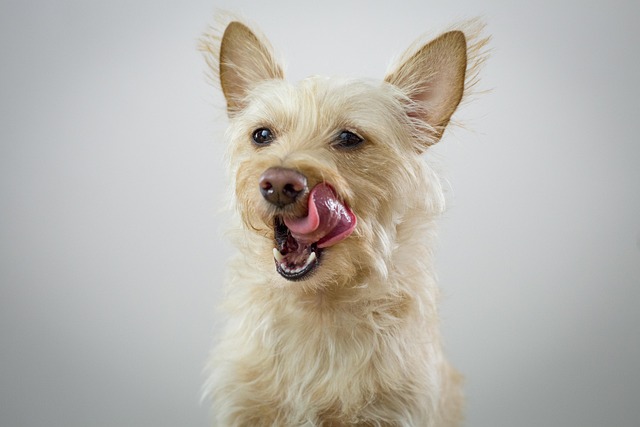
Dog’s nail length might seem like a small detail, but it impacts their daily comfort and safety. Figuring out the right trim schedule isn’t hard—you just need to match it to their lifestyle.
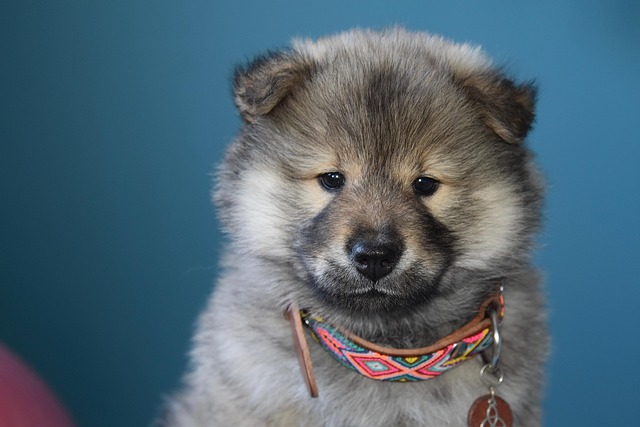
Dog’s dental health ties directly to their overall well-being, and the frequency of teeth cleaning depends mostly on their age and lifestyle.

I sat with my friend Maya in her Atlanta apartment kitchen last month, as she stared at a half-empty bag of grain-free dog food and her 3-year-old German Shepherd